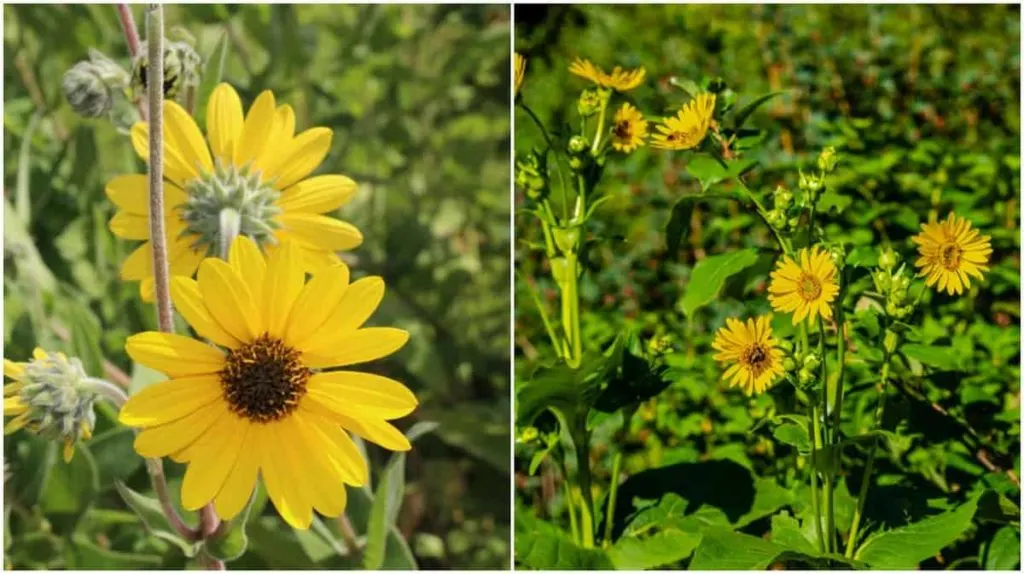
Sunflowers (Helianthus annuus) are most often associated with expansive fields of giant yellow flowers facing the sun.
Unfortunately, we aren’t all close enough to a sunflower field to enjoy their beauty. But that shouldn’t stop you from enjoying them in your own backyard.
Although native to North America, these flowers are appreciated around the world for their culinary uses. Sunflowers were a central food crop for early indigenous people and remain vital today in the production of oil and sunflower seeds – a beloved snack among humans and birds.
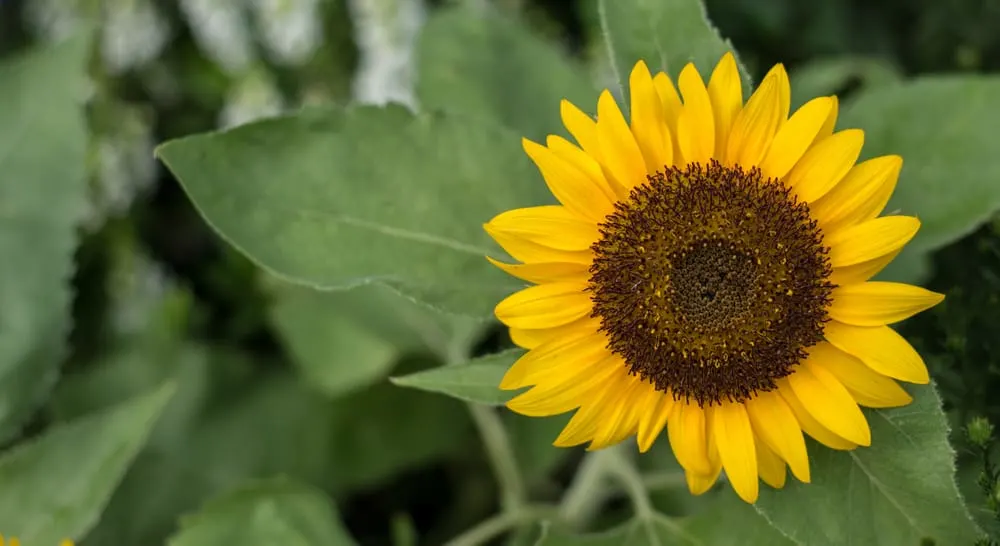
In your backyard, sunflowers may stand out from the rest of the flowers in your garden – literally. These plants are known for their impressive height, with the largest on record reaching over 30 feet tall. There are also smaller varieties for those gardeners not looking to smash records any time soon.
Growing these towering treasures is not difficult either – they largely take care of themselves. Here’s how you can get started.
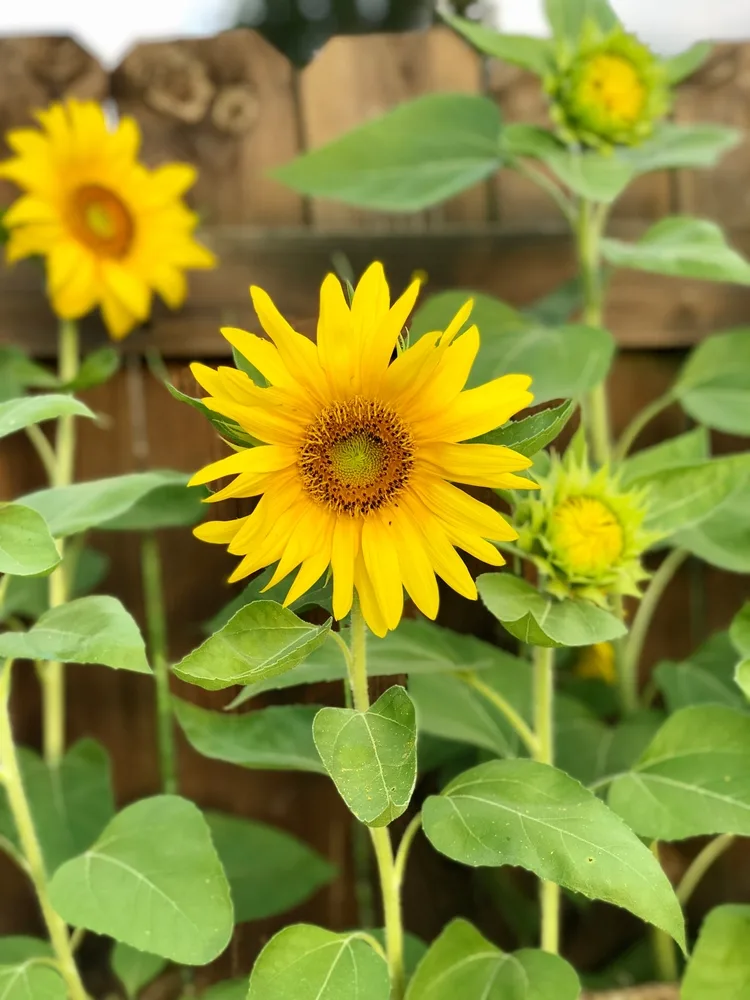
Planting
When and Where to Plant
Sunflowers (unsurprisingly, given their name) need a sunny spot of at least 6-8 hours of sunlight per day. Use well-draining soil enriched with organic matter or slow-release fertilizer before planting.
There should be plenty of room for the long taproot to grow downwards. If you’re growing in pots, choose one of the dwarf varieties and plant it in a deep pot to leave enough space for the root. If you choose one of the taller varieties, plant in a spot protected from strong winds to stop the plant from falling over.
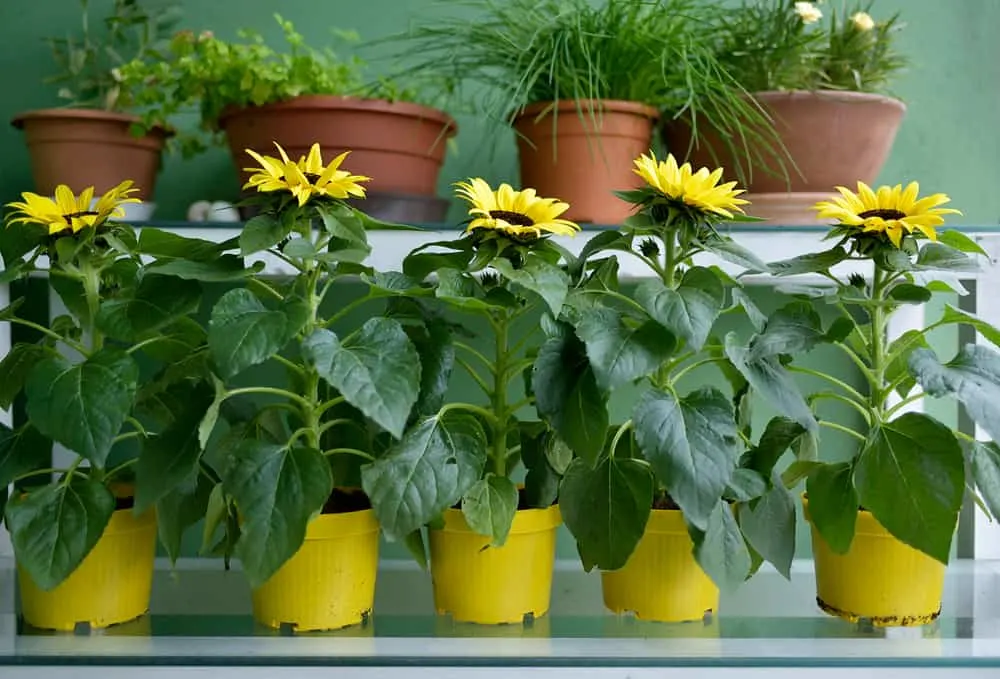
Begin sowing seeds in spring after all danger of frost has passed. The soil should be warm enough to facilitate germination. In most areas, you can plant sunflowers from mid-March to May.
Sowing Seeds
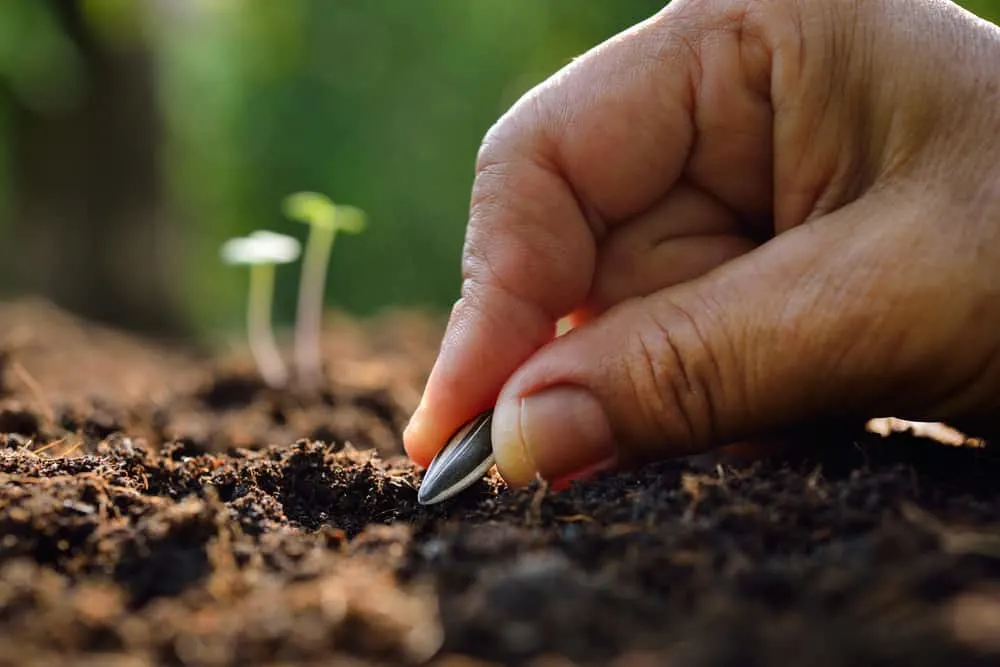
Plant the seeds an inch deep and 6 inches apart. For larger varieties, space the seeds further apart to ensure the flowers reach their full size. You can also plant the seeds closer together and thin those that are weak and too close once the plants are a few inches tall.
For continuous blooms, stagger your planting. Leave space for new seeds after your initial planting session and plant again every 2 weeks. Your flowers will be ready after 80-120 days depending on the variety.
You can also start sunflower seeds indoors to get a jump start on your growing season.
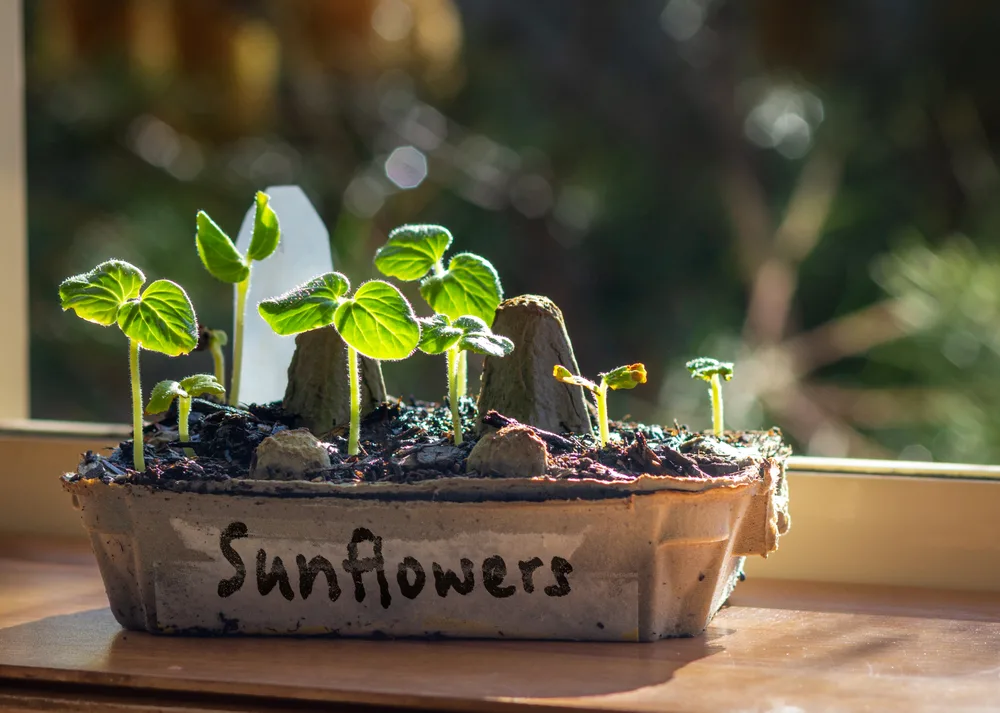
Water thoroughly after planting. The seeds should sprout in about 7-10 days. After planting, keep birds away from the site until the plants are established. They love the seeds just as much as humans do and will definitely go digging if given the opportunity.
Sunflower Care
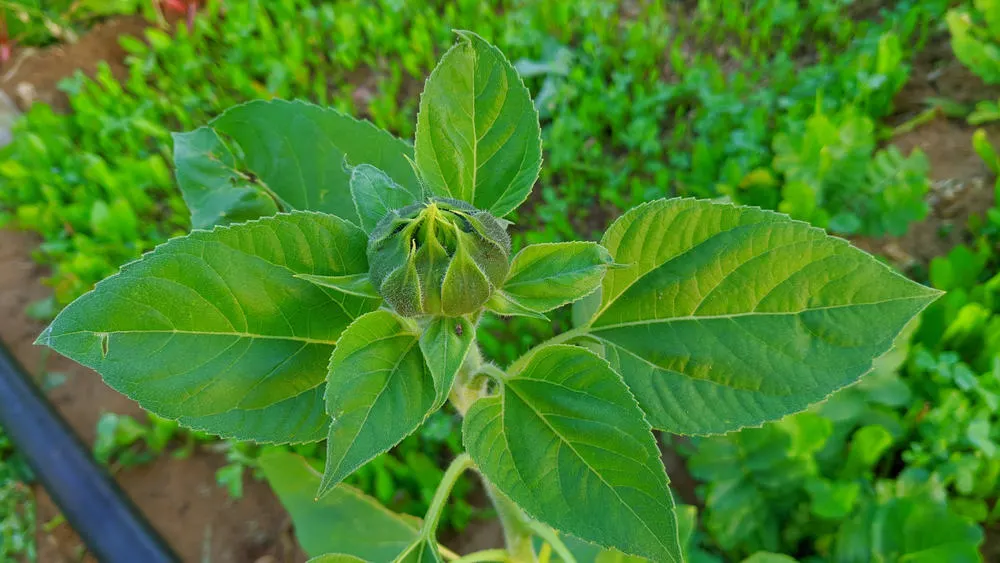
Sunflowers are tolerant of a range of conditions. They are not particularly fussy – a good amount of sun is all they really need to flourish. However, to get the most from your plants, they could use a little extra care in these areas:
Light:
As mentioned previously, the plants need at least 6 hours of sunlight per day. Sunflowers are heliotropic (the heads face the sun), so they need plenty of sunlight on all parts of the plant to keep them upright.
Water:
Sunflowers can handle a lack of water but grow best when watered consistently. Water when the top layer of soil has dried out and never let the plant sit in soggy soil. The flowers will tell you when they aren’t getting enough water through their drooping heads and weak stems.
Temperature:
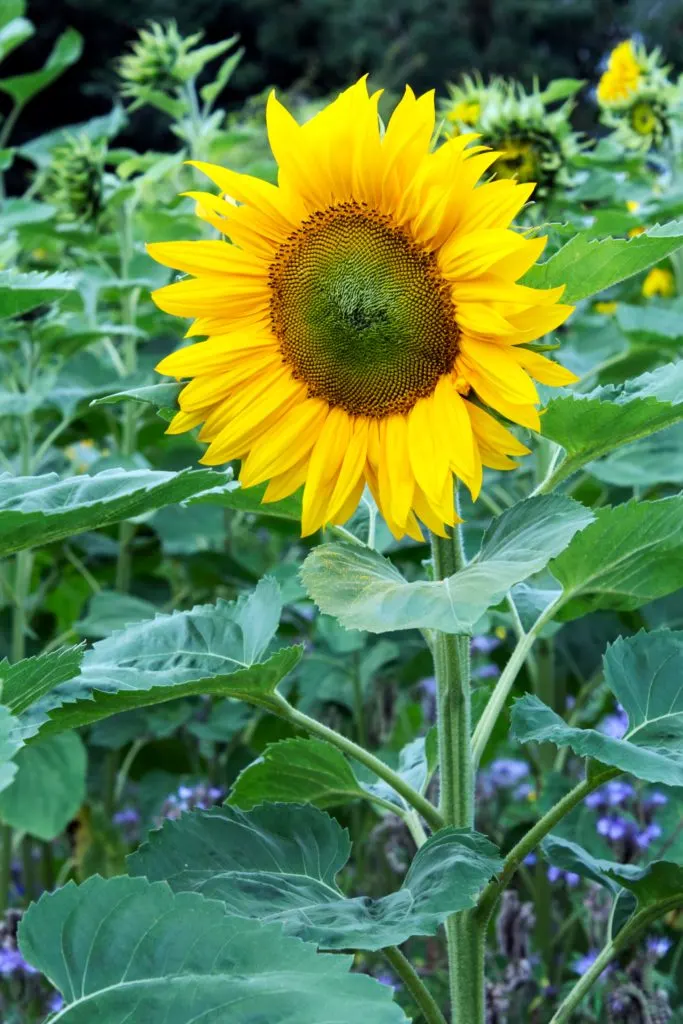
Sunflowers can withstand high temperatures and a bit of cold for short periods of time if their other needs are monitored and met.
Fertilizing:
Sunflowers don’t need to be fertilized often if planted in good soil. If the plants need a bit of a boost to develop, apply a fertilizer high in phosphorus and potassium to encourage flowering.
Support:
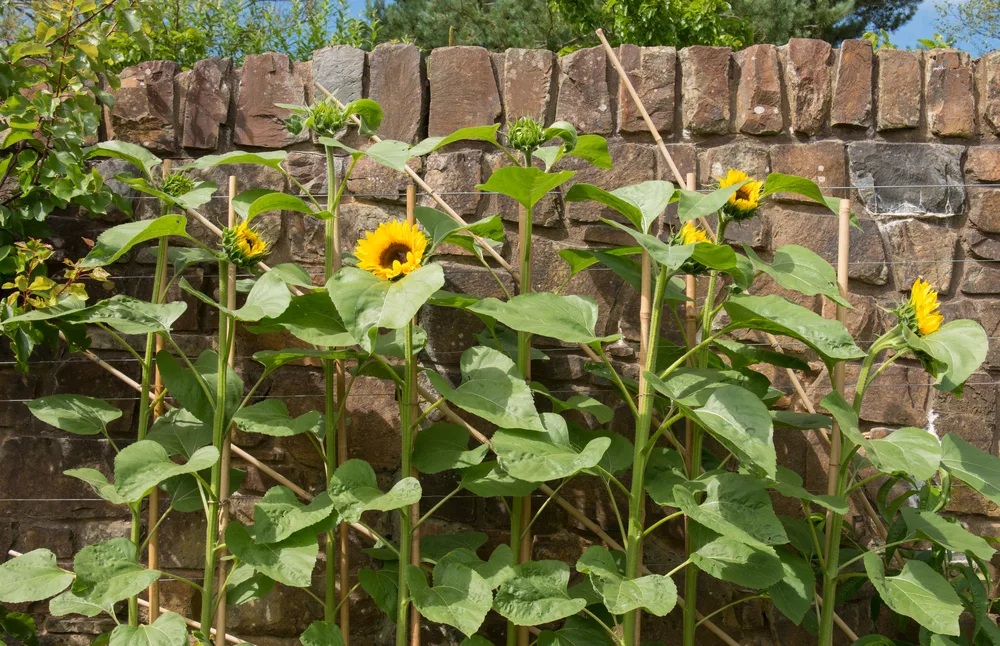
Taller sunflower varieties will need support as they grow to stop them from falling over. Place a stake next to the plant and tie the stem to the stake as the plant grows.
Pests and Diseases
Sunflowers don’t often encounter problems with common garden pests and diseases. Mildew may affect the plant but can be removed with a general fungicide. You could also come into contact with the sunflower moth, which can either be removed by hand or with a pesticide.
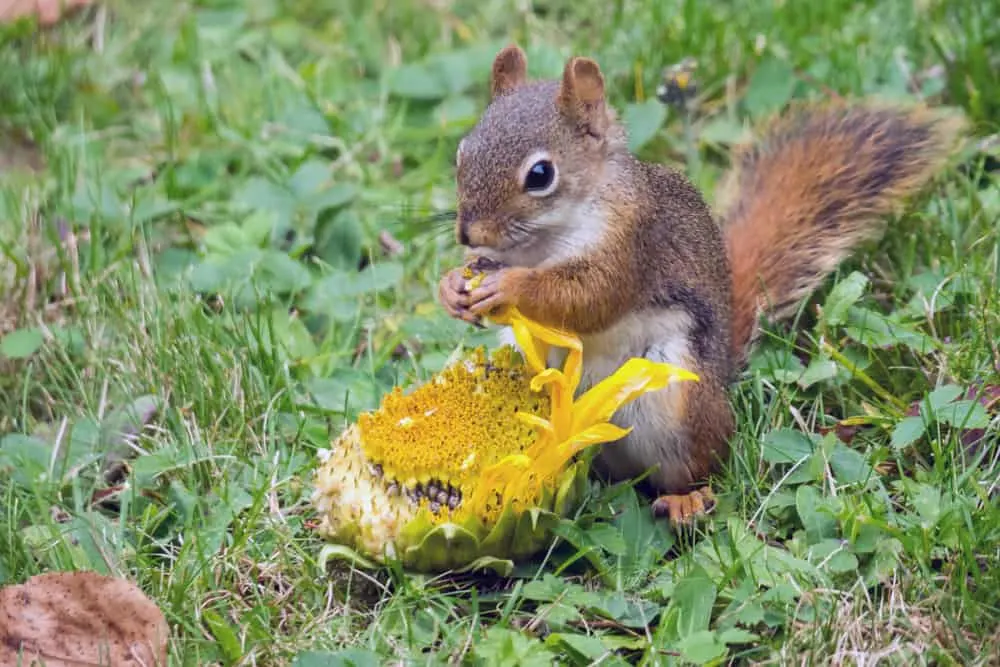
Your biggest concern will be larger wildlife in the area. Sunflowers will attract birds and squirrels interested in the seeds. Deer are also known to bite the flower heads off the plant. If you encounter any of these problems, protect your flowers with a barrier and netting surrounding the plants.
Harvesting
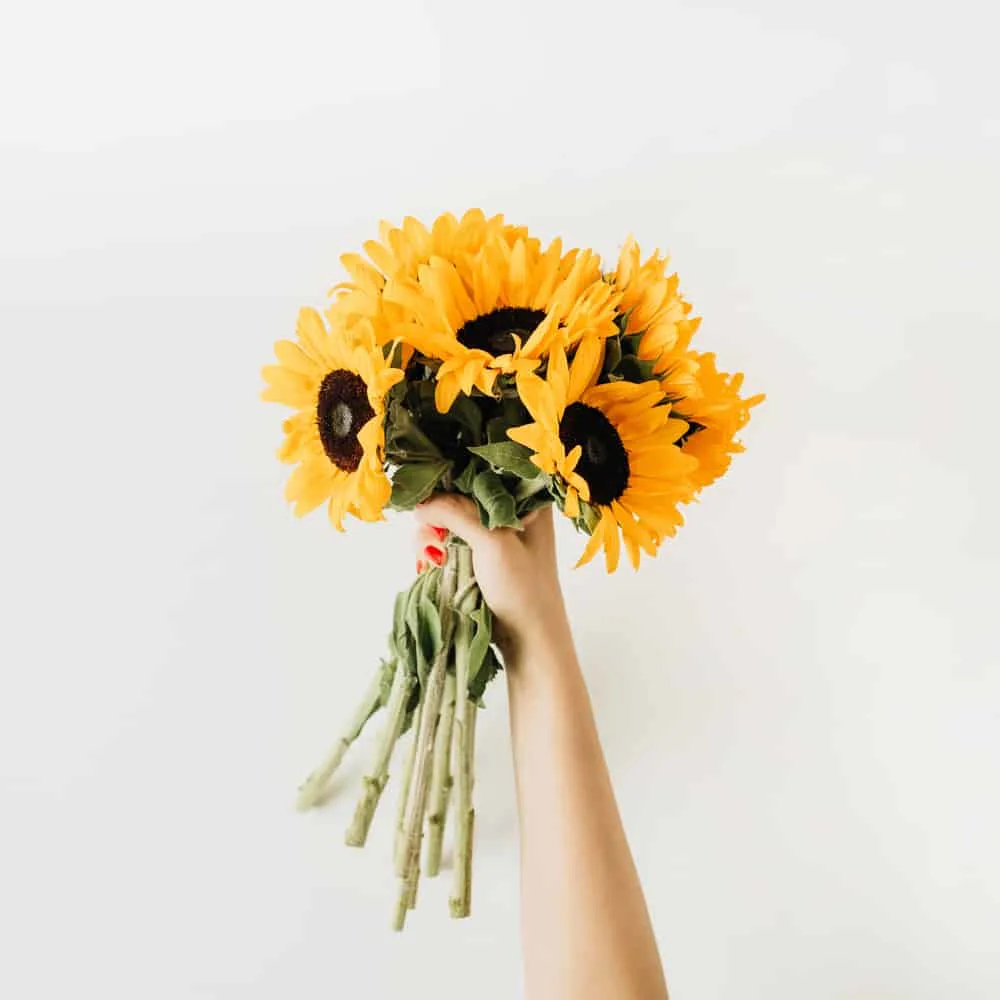
When cutting the flowers for indoor displays, start early in the morning to prevent wilting. Cut the flowers gently at the main stem and place them in a tall vase to support the weight of the head. Change the water every day and the flowers should last about 7 days before they need replacing.
Besides easy access to a bouquet of fresh flowers all season, the best part of sunflower harvesting is collecting the seeds. Eat as a snack, throw them in any dish to add a crunch, or store them for planting next year.
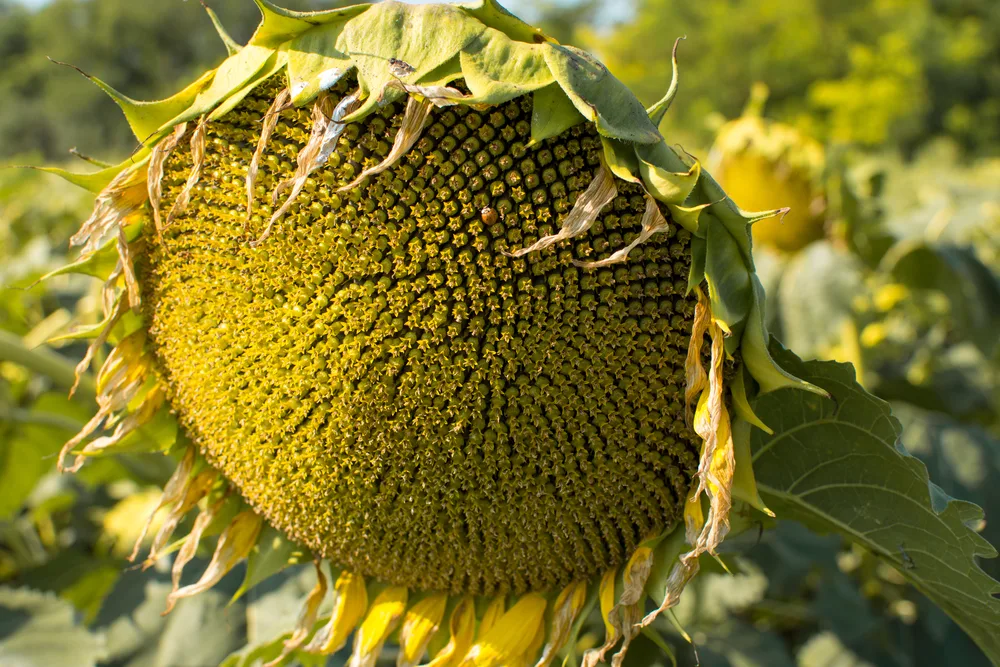
To harvest the seeds, let the flower dry until the petals die back and the back of the head turns brown. The seeds should appear loose and easy to remove. Alternatively, cut the stems early and hang the head in a sunny spot away from birds to dry.
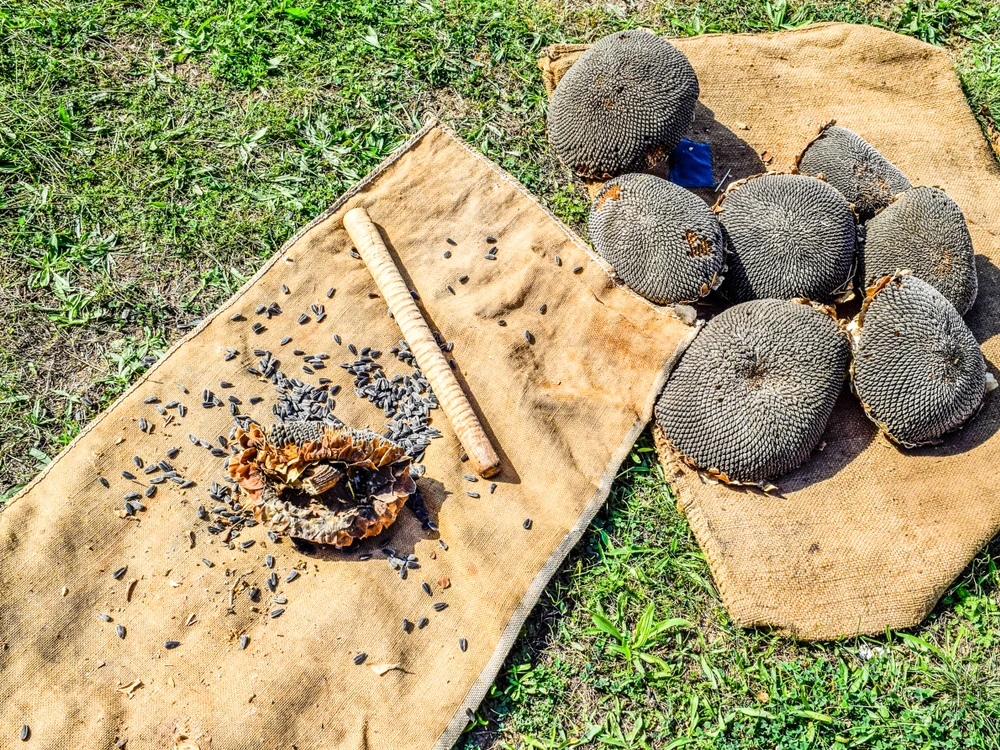
When you’re ready to collect the seeds, simply rub the head of the plant to release them. Rinse them to be eaten or store them in an airtight container in a dry place for replanting.
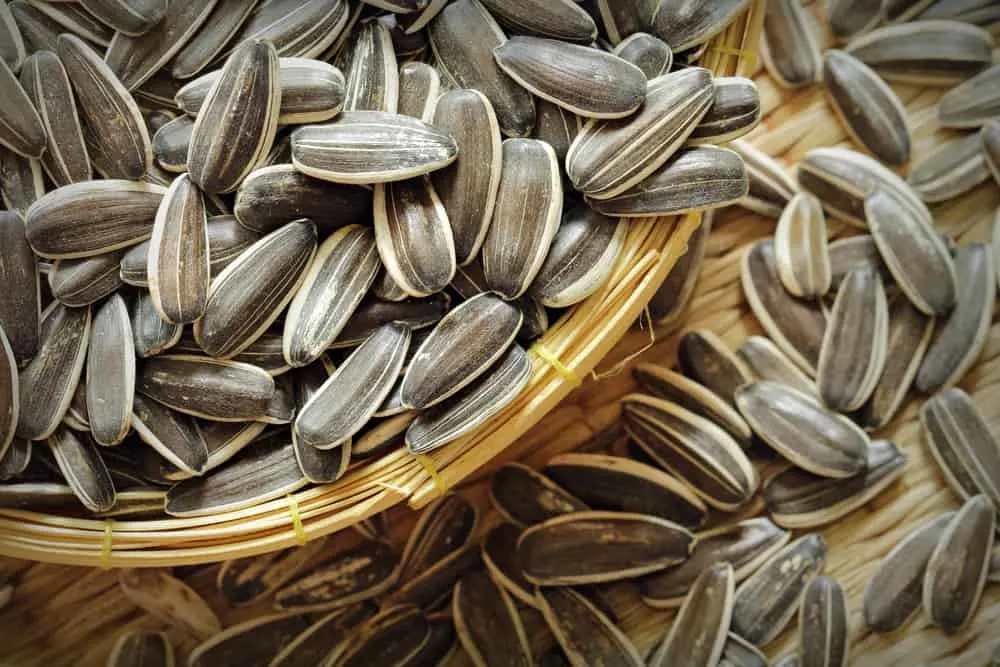
That’s all there is to it. No need to plant expansive fields or own a farm – you can enjoy sunflowers in your own backyard. They produce so many seeds for the next season that you only need one to get started. Once you’ve grown that one, you’ll likely want hundreds more of these famous flowers anyway.

